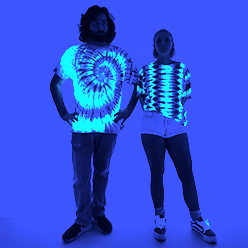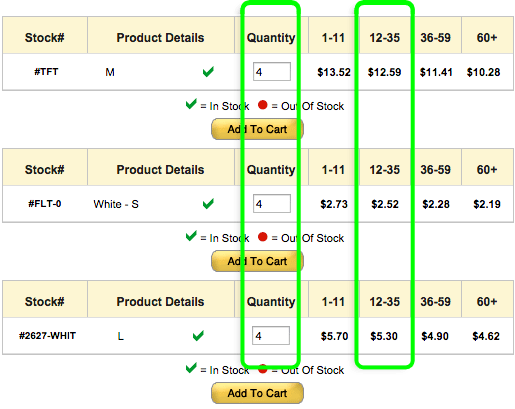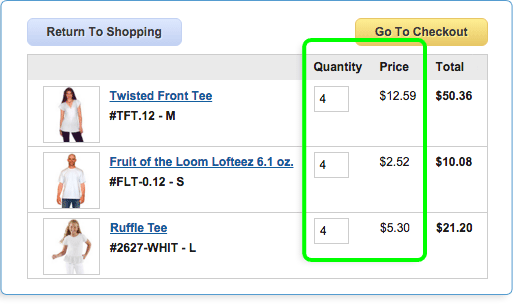
Introducing #420 - Psychedelic Sunshine! This is the only fiber reactive fluorescent dye (glows under blacklight) that works on cellulose fibers like cotton.
Use it the same as any of our other Dharma Fiber Reactive Dyes. It is especially effective in tie-dye. You can see one pattern in daylight and something else altogether, even secret code, under blacklight!
How Much Psychedelic Sunshine to Use?
For best results, use the recommended amounts below:
- Tie-Dye: 2 tsp of dye per 8 oz. of water - interesting fact: keeps longer after mixed with water than other Fiber Reactives. We tie-dyed with some that had been mixed with water for a month and got great results! Prefers warmer batching temps.
- Tub Dyeing: 2% OWG with hot water (150F works best but we also had great results with 105F) - This percentage will yield a paler yellow in daylight but glows great!
- Tub Dyeing (Recommended for Fluorescent Safety Yellow): 4% OWG with hot water (150F works best)
Tips:
- This dye dissolves best in hot water and yields a stronger yellow when batched warm or used in hot-water tub dyeing.
- Regular dye colors can interfere with its fluorescence. For example, mixing it with turquoise to make green may block a lot of the glow. Tiny tiny amounts of other colors may work ok. Turquoise does.
Why Use This Instead of Fluorescent Paints?
Some people try using fluorescent paints for the same effect, but let's be honest... those can make your fabric feel like cardboard. This dye, on the other hand, keeps your fabric soft and natural, because who wants to dance in a stiff shirt?
Fluorescent Acid Dyes vs Psychedelic Sunshine?
Our Fluorescent Acid Dyes only work on protein fibers like silk and wool, but Psychedelic Sunshine is specially formulated for cotton and other plant-based fabrics.
Using Psychedelic Sunshine for Ice Dyeing
We are still experimenting with ice dyeing, but would love to see your results! Show us what you come up with. What we do know so far is that the other colors, when they mix with the 420, they block its glow. But when it bleeds out by itself, it glows great. It is going to be great fun to experiment with!
See the FAQ tab for more info!
People have been asking for this for years, and finally... the wait is over! Psychedelic Sunshine is here to light up your tie-dye world!
Question:
Why is it so expensive?
Answer:
The short answer is it's rare, patented, and sold with strict pricing. Here's why:
- Exclusivity & Patent Protection: The product is invented, made, and patented by a single U.S. company, eliminating competition.
- Unique Properties: It has a rare chromophore that makes it the only true Fiber Reactive fluorescent dye that glows under UV light.
- Pricing & Availability: The manufacturer sells it at a high price with strict minimum order requirements and no bulk discounts.
Since many have been looking for a true fiber reactive fluorescent dye for cotton, we decided to offer it in smaller quantities despite the cost because the effects in tie-dye are truly amazing!
Question:
How many teaspoons in an ounce of dye?
Answer:
It is a little fluffy, but we have found there are ~9 level teaspoons per oz. of dye.
Question:
How do you use it? How much do you use?
Answer:
For best results, use the recommended amounts below:
- Tie-Dye: 2 tsp of dye per 8 oz. of water
- Tub Dyeing: 2% OWG with hot water (150F works best but we also had great results with 105F) - pale yellow in regular light, but glows great!
- Tub Dyeing (Recommended for Fluorescent Safety Yellow): 4% OWG with hot water (150F works best) for the darkest flu yellow color in regular light
Tips:
This dye dissolves best in hot water and yields a stronger yellow when batched warm or used in hot-water tub dyeing.
Regular dye colors can interfere with its fluorescence. For example, mixing it with turquoise to make green may block a lot of the glow unless you only use a tiny bit of the other color.
With tie-dyeing, give it a lot of room, don't let other colors crowd it out by putting them too close.
Question:
What about ice dyeing?
Answer:
We are still experimenting with that. Here is what we know so far - if you mix it with one of our pastel colors and use way more of it than the other color, you can get some neat effects, but wherever it blends with the other colors, they sort of cancel it out. It is also heavy and sinks, so it works best so far in the muck and/or with deep pleats. If you have it on a rack, a lot can bleed completely out! It prefers warmer temps as well, so batching in warmer temps in the muck for 24 hours after the ice melts seems to work best, but as we experiment, we will be releasing more instructions! We would love to see how it comes out for you!
Question:
How washfast is it?
Answer:
Because it is a true fiber reactive dye, as long as you use it the same as our other fiber reactive dyes on cellulose fibers (cotton, rayon, linen, hemp, etc) it will form that same permanent molecular bond that all the other dyes form so it will not fade with repeated washings. Hotter water will help more of it to adhere, hence darker regular light color, but the glow under blacklight seems about the same. If you treat it right, the shirt will wear out before the dye does!
Question:
Can you mix it with other colors to make Fluorescent Green or Orange, etc?
Answer:
We haven't tried it yet, but word on the street is, if you mix it with a tiny bit of Turquoise, you will get a pale fluorescent green and it will still glow. However, using anything darker or adding too much of the other color may completely, or almost completely, block out the glow.
Question:
What is it's shelf life?
Answer:
This dye is a true Fiber Reactive dye, but is in the Remazol family of dyes, not the so-called cold water or Procion type. Most cold water dyes have an optimum shelf life of 1 to 2 years, depending on color and storage conditions, with strength very gradually declining after that, but Remazols have a longer shelf life, around 5 years, again, depending on color and storage conditions. Also, the really big deal is, once mixed with water, Remazol dyes remain good for months, one website said as long as a year, whereas Procion type dyes go bad in a week once mixed with water. This is a really good thing for such an expensive color, because you can keep on using the liquid you mix up down to the last drop!







